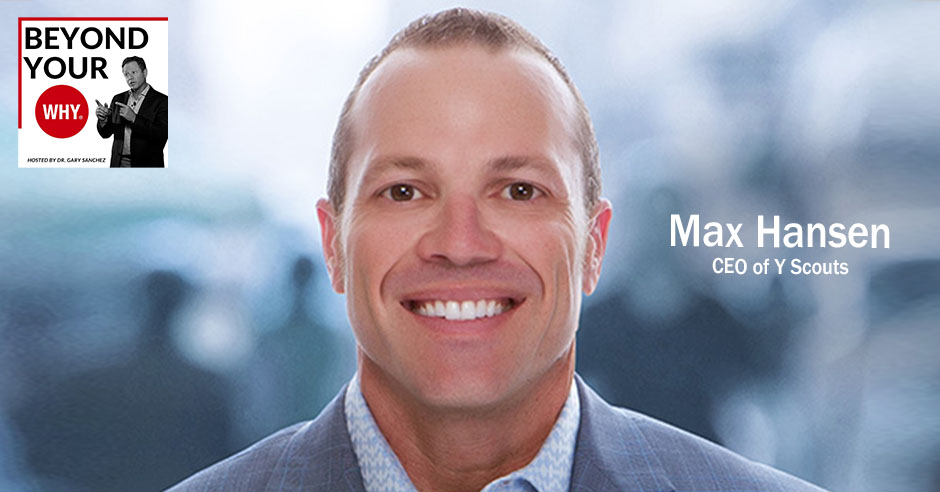
Are you often pleased but never satisfied? Do you feel like you can still do more in whatever area you are in? If your answer is in the affirmative, then you have the same WHY as today’s guest. Dr. Gary Sanchez interviews Max Hansen, who has dedicated the last two decades of his life to providing the best hiring practices in leadership search and consulting. He enjoys helping leaders and their organizations continuously improve and succeed as higher performing cultures and teams. In this episode, he shares with us how his WHY of Better Way has been impactful in the decisions he made across his career—from playing sports to quitting it for entrepreneurship. Max tells us how he started his first company and how he is aligning people with meaningful work through purpose-based recruiting. Continuing to innovate the hiring process, he then shares how they find talents through their discovery process and leadership model.
—
Watch the episode here
Listen to the podcast here
Purpose-Based Recruiting: A Better Way Of Finding Talents With Max Hansen
In this episode, we are going to be talking about the why of better way. If your why is better way, you are the ultimate innovator. You are constantly seeking better ways to do everything. You find yourself wanting to improve virtually anything by finding a way to make it better. You also desire to share your improvement with the world. You constantly ask yourself questions like, “What if we tried this differently? What if we did this another way? How can we make this better?
You contribute to the world with better processes and systems while operating under the motto, “I’m often pleased but never satisfied.” You are excellent at associating, which means that you are adept at taking ideas or systems from one industry or discipline and applying them to another, always with the ultimate goal of improving something.
I got a great guest for you. You are going to love this guy. His name is Max Hansen. He has dedicated a few decades of his life to providing the best hiring practices in leadership search and consulting. He graduated with Bachelor’s degree from Northern Arizona in Business Administration and was fortunate to start working immediately with the Fortune 50 recruiting firm Allegis Group and Aerotech. This experience provided him with a solid foundation for understanding both best-in-class business systems and selection processes.
In January 2002, he founded his first recruiting search firm, Jobs Brokers Inc which went on to hire more than 30,000 people across a wide swath of industries, including engineering, manufacturing, education, healthcare, distribution, mining, finance, technology and apparel. Somewhere along the line, in 2010 or 2011, the traditional contingent hiring model wasn’t allowing organizations to solve the deeper-rooted issues they were facing around their hiring practices. His desire to help organizations with the root of their challenges pushed him to create the first-ever purpose-based leadership search firm called Y Scouts.
In 2015, he sold all of his interests in three traditional recruiting companies to more aggressively pursue building Y Scouts and purpose-based leadership search. He enjoys helping them and their organizations continuously improve and succeed as higher-performing cultures and teams. The root of his work goes deeper towards individual purpose, building true relationships, relentless learning, love and their ultimate intersection. Max, welcome to the show.
Thank you. I appreciate the intro. I’m sorry to send you such a long bio. During the bio, two things happened while you were reading. I felt old thinking about a few decades, not in a bad way. The other one was the better way. I can’t wait to unpack this a little bit with you. I could start to think about how much better way has been impactful in the decisions I have made and why I have done a lot of the things that I have done.
You and I met in a strange way. I will give you my version of it. Max and I were together at an event called the Genius Network. We were sitting at different tables. He didn’t notice this, I hoped but I kept looking at him thinking, “I know him from somewhere. I don’t know where but I know I know him.” When the event was over, I got up and said, “What is your name?” You said, “Max Hansen.” I said, “I know you from somewhere.” You said, “You look familiar to me too.”
We went back in our lives through all the possible connections and didn’t run into anything until the next day when we had lunch together. You said, “Tell me what you do.” I started telling you about the WHY Institute. You were like, “This is why we were supposed to meet.” That is my version. Is that what you remember?
I can’t believe it took us long to figure out that we existed in the first place based on the things that we were pursuing and our interests. When I had lunch with you, I couldn’t believe that we were coexisting in this world. We didn’t know each other but it has been awesome to meet you. I didn’t notice how creepy you were gazing over at me that night but it was awesome to meet you. I’m glad we finally figured it out. That is how I remember it. The end of it is, Gary, we gave up because I live in Phoenix, Arizona. It is where I’m based, Scottsdale. It is the biggest small city you will ever live in, business-wise. You meet everybody. I got ten close friends and we know everybody in some shape or form.
I always walk around and try not to say, “Where do I know you from,” because then our whole conversation will be consumed by that. Gary led with that and I let it go. He did figure out that there was another guy. He is about 1 foot taller than me. We look alike. I want to meet this guy one day. I think he lives in Albuquerque with Gary. He did find the guy. He did put to rest why he thought he knew me. It is because I looked exactly like one of his other friends.
Let’s go back in your life a little bit. Where were you born? What were you like in high school?
I was born in Spokane, Washington, which is an interesting place. I got lots of families still there. I still summer in Coeur d’Alene, Idaho, which is close to Coeur d’Alene. What was I like in high school? I was the biggest jock and athlete you have ever met. I lettered in four sports. I loved to compete. It was my thing. My love language was competing in sports and locking arms with a group of guys. A lot of times, I was the captain of the teams and I proudly wore that badge. We did everything we needed to do to win. We enjoy doing it and have fun doing it.
Football was the sport that sang to me that pulled out everything I had. I’m not the biggest person. Back then, the rules were different. You are using the crown of your helmet to hit people. It was not frowned upon. Honestly, that is what I did. I hit people a lot of times hard. That was what I was known for. I enjoyed it. My high school experience was amazing.
I went to Catholic schools my entire life. I wore a uniform to school. I was an altar boy when I was younger up until when I played baseball in college. I like wearing almost the same thing every day. Still, I will have job broker shirts and stuff. Sometimes I will wear them and I have to remind myself I don’t have to wear a uniform anymore. That is what I was like in high school. I was very much on the athletic side.
Off to college in Northern Arizona. How did you pick Northern Arizona? What you played sports for them?
I was playing baseball at Glendale Community College. This was one of the pivotal points in my life. I decided to play baseball. I had only played high school baseball for two years. My dad pitched at Gonzaga. All of us had gifted right arms. My son has a gifted right arm. My brother played four years of college football. I played high school baseball. It was a good time. I was in the right mindset. I caught it and I let off. I went to a smaller school. I batted 5-20 when I was a junior and 5-60 when I was a senior. I thought my path was to go to play baseball because it was in my family lineage.
I got to Glendale Community College and I learned that I didn’t love baseball. These guys would take 200 cuts a day and love baseball. For the whole time, I yearned to go, wanted to put a helmet on and hit somebody rather than sit there and think about how I’m in to take a crow hop, take a step or take a swing. I ended up going to NAU and I was going to play football. Once I got there, I had a change of heart and ended up going to school there. That is how I ended up there.
That was the end of your sports career and off into business.
It is funny that we are jumping into this. We do lifelines in YPO when you talk about high points and low points. Quitting sports was one of the lowest points in my life because it was how I defined myself. You are athletic. You play a lot of sports and compete. When I quit, it was funny. I remember this because I want to make sure that I treat my son and kids.
My seventeen-year-old played sports. He quit playing basketball, which was a big deal because he is a good athlete and he chose he didn’t want to play anymore. I respected that because when I quit, I had this thing built up in my head like I was going to let somebody or a bunch of people down because my parents had been watching me play sports my whole life. When I told my parents I wasn’t going to play baseball anymore, they were like, “That is okay.” They were encouraging. There was nothing. It was all in my head. I moved on and went to college.
During those next couple of years, I had a great time. I had a great college experience. This is no knock on NAU. I didn’t learn a lot in college. I went to the college of business and graduated in ‘98. This was NAU which is in Flagstaff, Arizona, for those people. I’m sure it is a lot better now. For me, my experience was I got about several years in the college business and I started asking myself a question like, “This guy or professor has been in Flagstaff teaching the business to students for 25 years. What do they know about business?”
That was true. They are a bunch of hippies smoking weed up in Flagstaff. They were teaching you out of the textbook but I don’t know how applicable it was. I’m sure the college of business now is much more focused on real-world business and it is better. For me, the best classes were entrepreneurship. From there, I was able to figure out I wanted to move to San Diego. I did that for a while. I ended up in the staffing business. That is where I have been ever since.
Before we leave this, I wanted to know what that moment was. Take us to that moment when you realized you were done playing sports. What was the thing that told you, “I can no longer do this or I no longer want to do this?”
It was quitting baseball because I had never quit anything in my life. It wasn’t encouraged in my family but it also wasn’t like discouraged. That was what I expected of other people, never to quit. Two different points hit me. When I quit baseball, I got over this hump where I realized there was life after sports. At the end of high school, I was part of this All-Arizona team. We went to Brisbane, Australia. We played in the down-under ball, which was interesting. We were the first US national team to play another Australian national team in gridiron football, which is different from their football.
We played in Lang Park. It holds 80,000. There were probably 40,000 people there but it was a rush running out in a stadium with 40,000 crazy Australians ready to watch the first American football team, which is even more interesting. They were all ages. We were all eighteen and these were grown men that we were playing against and whom we hung out with for the entire week. They were rugby players and good athletes.
I came off of that high and came in, I played baseball and quit baseball. Since I already had been through the realization that I was going to have to move on. I wasn’t going to play a professional sport. I know this sounds silly, especially being 5’7” and being as short as I am but when I was younger, I thought I was going to go play a professional sport. There is no doubt in my mind. That is what I was going to do.
The guys that I played in the down-under ball with, a lot of them went to NAU and played football. They recruited me to go up there. I got up there and signed up for all my classes. I went and met with the defensive bat coach because I was a safety. He told me after doing all the work to get into my classes. I was going to have to redo my schedule and start over again. I don’t know what it was. I wasn’t feeling it. He was talking about redshirting me.
I’m going into my sophomore year. I’m going to be redshirted with a bunch of people that I was already friends with and I had already played for a year. It was an easier decision to say, “I’m ready to hang it up.” I finally hung it up and moved on from there. That wasn’t as painful as the first time quitting baseball and walking away from where I was playing baseball at.
The reason I’m asking you that is that my why is better way as well. As I’m listening to you talk, I’m hearing myself listening to you because that is similar to my story, what I was going through at that same time and how it played out for me. I’m giving up racquetball because I was going to be a professional racquetball player. That is what it was back when I was in college. It was the fastest-growing sport.
I was in a motorcycle wreck and I realized that I didn’t want to put all my eggs in that basket. I remember having to think, “I thought this is what I was going to do and now I got to go in a different direction. I got to find something better and figure out a better way.” In my mind, that is when I went off to dental school. You have finished college and start right into recruiting. Did you think you were going to go into recruiting? Was that your plan?
I wish I had a more elegant story but I knew I needed to get out of Flagstaff, Arizona, not because Flagstaff is a bad place. Flagstaff was an incredible place. There is one thing that I knew. Flagstaff is beautiful. I snowboarded 50 times a year when I was there. We got a lot of snow. I saw people that got stuck in Flagstaff because it is such a lovely little city. You can get stuck there and the next thing you know, you are 30 years old and starting over. I didn’t want to do that.
I intentionally set a date. I packed a car and drove to San Diego, where my brother lived. My brother graduated from the US Merchant Marine Academy in Long Island. It is called Kings Point. You have to do all the same stuff to get into Kings Point, the US Merchant Marine Academy that you would, the Naval Academy or the Air Force Academy. He had senatorial approval to go to the Air Force Academy. He had a good job in San Diego.
I drove out there. I slept on his couch and started looking for a job in San Diego. I learned how to surf. I wasn’t in a rush. I was enjoying the moments. He had a big surfboard. He worked all the time. I decided somebody needed to ride that surfboard. I interviewed for jobs. I have talked about this much. I’m an open book. I interviewed for an enterprise rental car and didn’t get the job. My buddy worked there. I never understood why I didn’t get the job.
I felt like I was looking for other stuff. I interviewed for a few places and I didn’t get that job. One of my buddies called me from Arizona and said, “We are hiring. I work for Aerotech, which is a large staffing and search firm. Why don’t you come out here and interview?” I came and interviewed. I got the job and settled down in Arizona. That is how I ended up in the recruiting business. I didn’t necessarily choose it. Maybe it chose me through my friend. I don’t know but that is how I ended up there.
You were there for how long?
I was there probably only a few months. It wasn’t an extended time. It probably felt like that for my brother and his wife because it was a one-bedroom and I was sleeping on the couch.
You were with Aerotech for how long?
I was only with Aerotech for a little over two years. We are getting back to the better way. I love Aerotech. It is one of the best things that has ever happened in my life. I got exposed to a bunch of sophisticated processes, systems and things they did that made a lot of sense. Steve Bisciotti is one of the Founders of Aerotech. He owns a Baltimore Ravens. It is one of the more successful business stories that I know of. Everybody went and got training in Baltimore, where they are based. I work with some cool people. I keep in touch with many of the people I have been working with.
I worked in telecom. Our division was telecom. I did a lot of different types of work but for the most part, I was telecom and what they were building in telecom. When I tell people this, especially younger folks at work on my team, we were building the internet. The phone carrier was in a race against the cable companies to put in the internet infrastructure and build out the pops where you house all the computer systems and stuff to run the internet. Everybody knows that both the telephone company and the cable company won. They both run the internet. That is what I did there. These people were awesome that I work with.
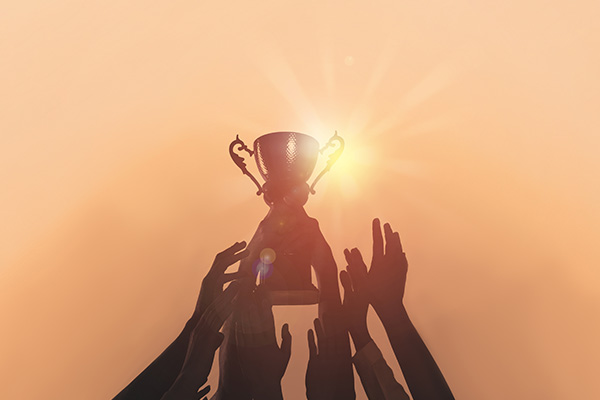
In the winter, I remember going in when it was dark. I left when it was dark but I didn’t care. It was like a time of my life when I could grind. We had to wear a tie every day. There was this passion I had. There were things that I have a love-hate relationship with and there was one thing when I was like, “When I get to do it my way, a better way, we are not wearing ties.” I don’t like formal dresses. The only people that I see that are wearing ties are bankers and lawyers. If you are in one of those rooms, it is either a good situation or not a good situation. There were a lot of good and great people.
Aerotech was a very structured place where everybody was willing to put in the work. I could see the natural line to be promoted. Nobody was going to give up their position. As long as you were there from when it was dark in the morning and when it was dark at night, you maintained your position and line to be promoted. Some people performed better and they moved up in line. It was a situation where I knew I didn’t have the timer patience and I wasn’t going to be able to find a better way there quickly.
I left and went to a small company. It was like jumping off an aircraft carrier and being in a dinghy. It was a small, probably about an eight-person firm in Tempe. We did it was called Hunter Technical. We did a lot of technical staffing and trade recruiting. I learned a lot. Thinking about my why of better way, I was there. What I had learned at Aerotech, all the things were applicable. This place was behind the times compared to Aerotech. Aerotech had 10,000 employees. I’m at a company that has eight that barely got computers. I knew I could apply what I had learned and we could do it better there.
The challenge I had there was I didn’t like the culture. There were some issues. I wanted to be in a leadership role. The owners were cool. I had direct access to the owners. I was telling them, “I can make some stuff happen here. Let me run the office.” They gave me like, “You can run it.” It wasn’t an official process. They were like, “Go ahead and take over.”
9/11 hit and some things happened that I started to think about. I knew I didn’t know a lot. I was maybe about 26 years old. I was there for two years. I was able to develop some business, used the skills that I had learned and sharpen my saw a little bit but I couldn’t change what the owners thought, how the owners interacted and how they communicated. I decided, as little as I knew, if I wanted to do it my way, I was going to have to do it on my own and not knowing a lot.
I started a conversation. I walked over to one of our competitors that had two buildings over. He was also in the recruiting business. I started the conversation with him. I said, “Do you ever think about starting your company?” He said, “Yes, sometimes.” I’m like, “Let’s meet every month.” We met regularly and decided to start our company. It was based on maybe one of the points that that better way drives home. If I wanted to do it differently and better than where I had it, I was going to have to do it from scratch. That is what we ended up doing.

What was that one? Was that Job Brokers?
Yes, which was ironic. In all the work that we have been doing, I include you in this because you are in this ethos of purpose and figuring out what drives people, the thing that I have learned after thirteen years that I was in that business before selling it, was that nobody wants a job and a broker involved. The name worked well. People liked it. I would hear people often use the name. They were like, “Are they a job broker too?” They coin it not quite like Kleenex. It is not like that.
We didn’t do that great of a job but the name stood out. We did well with that brand. We grew fast. It was an incredible ride. I still look back at that and it was a fun time. I finally got this guy to start the business. We didn’t know this back then but I was more of an outward-facing guy and he was more of an operations guy. He was better at recruiting. I was better set up to do sales.
When we partnered up, I quit my job first and he came over a week later. I remember the feeling. I was sitting in a cube. The way we started was we had two guys that were running another business. It was my business partner. It is one of his clients. He was in there the week before. His client, who ended up being our business partner, asked me, “How many people work at your office?” He was like, “Four.” He was like, “Why don’t you do it on your own? If you want to start a business, come talk to me and we will figure it out.”
He puts us together. We drink two beers. The guy asked me, “How much money do you think you need to start this business?” I honestly didn’t know. I was taking a stab in the dark. I’m like, “$150,000.” That is how much we would need over a period of time before we started making money. We started a business. I was the first one there. We were in his office. They already had an office. It was a credit card processing company. I started there. I had a computer and a phone book. We hadn’t even named the company yet. I started the process of naming it and putting together a logo with some other people that I know that do branding and that type of work. We were off and running. It was an incredible journey.
It was right after 9/11. When I think about this in context, this has helped me. Everybody is talking about a recession coming. I started a business right after the recession. It was tough. You had a scratch trying to get business. You had to do a lot. Everybody was counting you out because it wasn’t a good time to start a business.
It turned out that was the greatest time to start a business because we learned how to be disciplined, scratch and claw and earn everything. We got and took advantage of it the best we could. The years became a lot better from that. We did $500,000 in our first year. We were struggling a bit. It was a little bit of a slog but then we did $1 million, then we did $2.5 million, then we did $5 million, then we did $10 million, then we did $20 million. It kept ratcheting up until we were doing about $50 million. It was an incredible ride at Job Brokers and I learned a lot.
That was a thirteen-year run.
2015 is when I officially sold it. When I was reading through my why and before this call, I wanted to make sure that comes out as we talk about how I ended up in Y Scouts. I was figuring out that I wanted to do it a better way. When I started Job Brokers, what I wanted to do is work for myself. That was my dream. Nobody in my family was an entrepreneur. My grandpa did some stuff but he was a police officer. Later in life, he owned some restaurants and properties.
I don’t know what it was with me. I felt like I wanted the freedom of working for myself. The next thing I knew, over some long years of hard work, I was with a business partner and we were both making seven figures. I started to ask myself the question, “What am I doing this? What am I going to be known for? What are we doing?”
At the time, I had one son. He was about five. I was starting to think about this. I was like, “Is this the business model that I want to continue to feed my family?” The answer that I got was no. There were three things in the old business. This is no knock-on staffing companies or contingent because they have their place in this world. I did that and after a while of doing it, it felt like we were preying on the ineptness of the company’s ability to hire.
I will give some examples and this is no knock-on these companies like the University of Phoenix. They needed to fill a contact center full of people. They weren’t as good at recruiting as we were. We went in and hired thousands of people over several years, same with Goodrich Aerospace. That was okay at the beginning of my career. As I got older, I started to think about it.
Think about the contingent model. If you have a company that has enough turnover where you are continuing to fill the same role because it is 90 days contract to hire, if the person makes past 90 days, they can take them on full-time. If they don’t, you get a fill-out seat again. You got to make money on it all over again. I started to think about it and the problems upstream, beyond the people I was working with and what it would mean for that company and me if we could figure out the challenges and the problems as to why they are having all this turnover in the first place that given us all the business.
I always tie it back to better way. There was a straw that broke the camel’s back. I was at home working. It was 2009. My son was five years old. At this point, I’m a single entrepreneur. I’m having the time of my life. I’m coaching all these teams. I feel like a great dad. I’m spending my son half the time. Everything is great. My son was with my nephew. Put it in context. My nephew’s dad or my brother-in-law is a police officer. They walked up to me and said, “What do you do?”
Back to why, I was like, “I find people jobs. I help companies hire people when they need them so they can continue to do whatever business, product or service they are in.” They were 5 and 6 giggling. They were like, “No, what do you actually do?’ I’m like, “What do you mean? I talk to people on the phone and meet with them in person.” They look at me and go, “That is all you do?” I had been going back and forth with like, “Why am I doing this like this? It is not something that I want to be known for. It is not going to leave a legacy.” That was the last straw. I was already ready. I went and talked to my partner. I said, “We need to start unwinding this business a bit.”
What we are able to do is during that time, I did start Y Scouts, which is important to understand while we were running this other business and kicking off a bunch of cash. When you are able to start a business, you don’t have to drive money to the bottom line. That was the case. We got to think, “Would this work? What would people think if we did purpose discovery on them and started to ask them about why they want to work? If they could get paid the same they are doing and do anything, what would they do?” That is what would help me in us test these different things that we do and play them out.
Back in the day when we started Y Scouts, there were other companies like the Job Brokers, True Path, a company that came out of that and another company called Sky Staffing that we also ran. We also had this JBI Energy Company. There are a few brands wrapped up in there. They were rolling along. They were almost making fun of Y Scouts. We were in the same building. We had a group of people that were founding this company. They were like, “You guys don’t even make any money. You don’t even produce any revenue or income.” We had to overcome this black cloud of people ridiculing us for starting something different. It ended up getting some legs over some time.
Why did you go with just the letter Y?
I brought on a guy. He is a close friend of mine. He came into the business. We hired him as a VP of Growth for Job Brokers. He and I agreed. We were like, “Let’s figure out a way to do this differently.” He was from the job board business. He worked at jobbing. He is a great guy. He is still around. He is running another business. We decided we were going to do this differently. What we decided was we wanted to figure out a way to align people and understand their purpose and reason for work for deeper meaning and align people based on that.

Since he was in the job board world and I was in the staffing world, we started to understand the technology of job boards somewhat broke the hiring process and still is in our opinion. What we see a lot of is a lot of people posting jobs and people applying. They were rewriting their resumes according to the job posting. They are sending it in and putting all the keywords on their resume. They gamified it. They go to the top. They would get hired and end up not working out.
We saw this play out over and over, even in the work that we were doing. We decided it was going to matter. We wanted to make sure that we aligned the right types of people that wanted more meaning in their work. We started thinking about it. It was this concept of purpose. We want to figure it out. We knew we were doing purpose-based recruiting.
We were in the conference room. I remember googling purpose-based recruiting. The first thing that came up was the Boy Scouts Institute. Nobody had even used that term in HR consulting, recruiting and staffing. That was the first moment that we were onto something. We started to think about our first tagline. It was, “What is your why?” We came up with the name Y Scouts. The letter Y stands for the word why like your company, the WHY institute. It also stands for a fork in the road.
When you are going up a Y and you have that fork, you got to make a decision. For us, we were standing for something different. We wanted to align people that wanted more meaningful work. There are going to be some people that were going to still exchange time for pay. That is okay. That is their path. Our path was the people that decided they were going to quit doing that and do something more meaningful and something that aligned with them. We were going to stand for that. That was the fork in the road.
There is a theory. I don’t know if I shared this with you but you probably know this. There is X Theory and Y Theory. X Theory is shorthand. It stems back to some studies that the US government did. McGregor is the guy’s name that did it. X Theory is based on the premise that people will only do stuff for money. Y Theory is the premise that people can be led and motivated to do things for more than money. That was another indicator.
For the word scouts, we took ten companies we thought were our competitors back then. It is changed over the years. We did word clout. The word scouts weren’t in there once. It also tied back to my sports background. I started to think about a scout who sees talent before anybody else does. That was something that we pride ourselves in as a leadership search firm. We are hiring great leaders and being a beacon for great leadership.
[bctt tweet=”A scout sees talent before anybody else does.” username=”whyinstitute”]
I didn’t know that is why you picked Y. I don’t think that is ever come up in our conversations. Was it the job boards that were the reason you wanted to go towards purpose because people were getting hired to get hired and they were wasting everybody’s time and turning out bad?
The job boards were set up where you could go apply to 100 jobs in 5 minutes. It became less meaningful for people to apply. Everybody was applying to everything. I was one of the drivers for us to try to fix that. The interesting part is we don’t ever post jobs still. The reason why we don’t post jobs and what we tested back then was when we reach out to leaders and we do all work in the C-Suite, we take everybody through purpose discovery before we tell them what the role is, the company and the details of the actual role. If you are a CFO, you probably know that. You are getting called about a CFO role.
The way we address it is we have been retaining it. We are excluded by a company that cares about purpose, values and your ability to do the job. We want to take you through a discovery process before we get into the details of the role. Are you cool with that? People love that. We tested that. When we started testing it early on, we thought people were going to be up and tell us to go pound sand. We realize the response rate that we have through our outreach is much higher. We got a lot of brand equity that we have built up. When people looked it up, they were like, “This is interesting.”
We started doing discovery work. We were addressing problems that we still do. We feel like we address it through our process. The other problem that we were addressing that I went through and Brian being at the job board, is how job descriptions are written. Anybody that is reading that has to write a job description knows how job descriptions are written. They google it and figure it out. You could probably use AI. It might be a lot better. Over time, people would google and find a job description, copy-paste it and pass it around. You know what this person is going to do. Everybody would add a bunch of stuff to the job. It would make it so complex that it would be almost impossible to interview somebody.
1 of our 3 unique is our role visioning and success outcome design process. We help clients define what success looks like in the role through the stakeholders that are the most important in the company. That was another thing that we were addressing. We do the discovery process that I talked about on the candidate side to make sure they are aligned with those success outcomes and key responsibilities.
We have a leadership model for hiring. We believe in the best leaders on earth, according to our leadership model, which we claim and tell everybody, “It is open source. You are welcome to use this.” We look for proof points in how much somebody has been a relentless learner, how much they have developed other people and how they have driven results. When you break it down and take the time, some things don’t make sense, especially for somebody like me that has a quick-start mentality.
[bctt tweet=”The best leaders on earth are those that are relentless learners, have developed other people, and have driven results.” username=”whyinstitute”]
When you are hiring for a senior-level role, I always encourage people to interview high-potential candidates, even if they don’t have an open role. When you know you are going to have an open role, you got to break yourself down. To go fast, you have to go slow and be intentional about figuring out what you need. We built a system to address all the challenges we were seeing. We are still helping by being non-traditional. Recruiting has been around forever. There are some traditional search firms out there and we stand for the opposite of that.
Other companies are looking at you as the innovator. They want to have you come in and help them revamp even what they are doing.
When we go take a company through our process, helping them define the role, we give them everything that we do. One interesting thing and a little bit counterintuitive for most people that think about recruiters are they think most recruiters are trying to take all their work and spit these people out of a black box. We are a little bit different. I did do that for many years. They give me all their recruiting needs. We have, in some cases, hired thousands of people for companies.
A big win for us would be helping somebody, even with one role, taking them through a process and taking a couple of things from our process and implementing it in their process. Every hire moving forward is better for them. If they never needed us again after one hire, that would be a huge win and they would never quit referring us to other people.
Max, what was the toughest job you have ever had to fill?
This is one of the toughest jobs that ended up being a good opportunity for us and I would never do it again. Back in the early 2000s, there was a Motorola facility in Arizona. They needed to decommission it. They needed to knock it down and rebuild it. In semiconductor manufacturing, some pipes had hazardous chemicals running miles of pipes at this whole place.
I don’t know how they talked me into this but they hired us. It was a risky thing. They wanted the risk to be on somebody else’s payroll. They were like, “We need you to hire these people.” They need to be HazMat-certified and respirator certified. They had to wear these respirators and cut out these pieces of pipe and foot pieces and it took 40 to 50 people almost a year to do. We would take the checks to pay these people.
It was tough because when we started, we had to find somebody willing to wear a respirator all day, not to mention the heat in Arizona. I went there and paid them a couple of times. There were guys on the roof inside tanks, like sawn tanks off. I’m like, “This does not look safe.” That was one of the tougher roles to fill.
Another one was, back in the day, there was a company called Orbital Sciences. They would launch satellites into space. They brought me in a clearance. It is okay to talk about it but they told me we needed to hire a person that was going to help build a system to shoot down a missile out of the sky that the government was going to build. It was like a stealth mission. That was an interesting one to fill.
What is going to be the future of recruiting and staffing with all the AI that is coming out? Is AI playing a bigger part in it?
That is one of the things that fascinates me the most. AI will aid certain things. They will aid people in writing job descriptions that are more on point because they can use more keywords that have to do specifically with what they need versus copying pasted from somebody else. This machine can base it on more keywords. I don’t think, in the near future, it will ever take over, especially in the leadership search.
One thing that fascinates me most is with all the technological changes and advances, the need for great leadership is still at an all-time high. The only way you uncover great leadership is through face-to-face conversations. There might be some tools to help aid somebody but at the end of the day, we have to find and trust great leaders. That is always going to be. That is why we are in a leadership search. On the lower levels and technical jobs, it may help from a sourcing standpoint and in some different ways to automate some processes, especially the way people apply and how they prescreen them. There are some tools and bots that are already making that a much more efficient game.
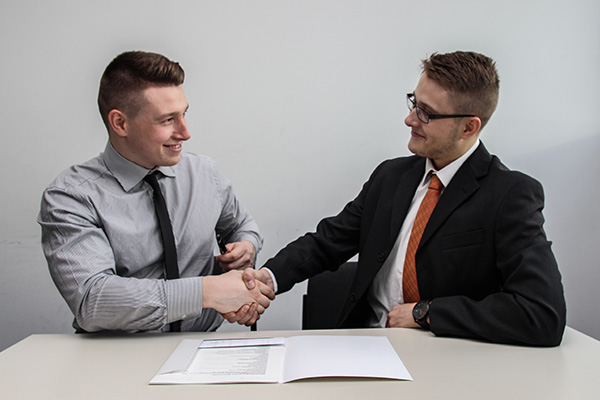
You only work in hiring or placing leaders. Your thing is just leaders.
That is the cutoff. Every once in a while, one of our clients will ask us. Most of the time, the answer is no. The first question is, is this a leadership role? We are a leadership search firm. We stand for great leadership. When we started, the executive search name bothered us and me. I have learned to get over it. The reason why executive search doesn’t make sense is not every executive is a leader. We tried to use leadership search, not executive search. Everybody was like, “What is the difference?”
[bctt tweet=”Not every executive is a leader.” username=”whyinstitute”]
We took a lot of pride in it because we are a leadership search firm and we stand for great leadership. The process we built is meant to figure out whether or not somebody is a great leader. The reason why we did it in the first place, back to a better way, is because of impact. We wanted to create a business where we would positively impact as many people as we could.
Brian Moore is one of the Cofounders of Y Scouts and his purpose in why is to positively impact everybody he meets. I don’t know what it would be on your system. We chose leadership because we started to think through these companies. We targeted purpose and values-driven companies that cared about the purpose and the why. We wanted to work with leaders and align leaders that could have an impact on companies, have it cascade down and impact as many people as possible.
What I started to see and care about was not only the people that work in the company. When you have a great leader, the people you lead go home. They treat their family and kids differently. A great leader can impact people directly in the company. It is everybody outside the company, everybody around them, everybody they mentor and everybody they come in contact with.
[bctt tweet=”A great leader can impact people directly in the company as well as everybody outside the company.” username=”whyinstitute”]
One of the things that were important to us was to have the biggest positive impact and focus on leadership search. One area we are continuing to figure out is how we take the leadership model that we feel covered a lot of ground of being a relentless learner, developing others and driving results. When you look at those three things in somebody’s past, if you look at every single role, the people that are able to do that are the best leaders out there. It is a simple model but those are our internal core values. That is how much we believe in that leadership model.
Relentless learner, building others and driving results. Have you found leadership to be something people can learn or is it something they have?
A hundred percent, they can learn it. If you only had to pick one, you would pick a relentless learner. I don’t have all the answers to this but it resonates with a lot of people. I’m sure it will with a lot of your readers and you. Everybody knows people in their lives or people they work with that are relentless learners. They want to learn. They will read and develop. They like to work with other people and develop other people. They got those in space but for some reason, they don’t drive results.
I don’t know why that is. I love to figure that piece out because if you have somebody that is a relentless learner and cares about other people, to your point, they should be able to learn how to drive results but not everybody does. I’m not sure why that is but in that model, that is where people break down. It is when you put them up against that model.
How do you teach somebody to be someone who drives results? Do you know?
People that drive results start in their personal lives and habits. It spills over into their professional life. You stack a bunch of good habits together. You start measuring progress and make it happen. Some people are able to get it done and some people aren’t. I don’t know why. It is their desire and wants. It is their ability to set goals and measure progress.
When I was thinking about better way, your system talked about the problem with better way. I run to this all the time. It is never good enough. Nothing is ever good enough for me. I have had people tell me that. You always don’t even stop to say, “This is great.” You keep moving. That can be a bad thing because you never compliment people to the extent that they need it. There can be some pitfalls in that.
I always use the term, “You got to figure out how to do the right things and do things right.” It is that combo. I try to strike a balance in that. It all breaks down to the advice I have. I often give myself, “You got to move to action. Nothing happens unless you start moving forward and start doing action. If you have done all the research you need to do and you are ready to take action, you probably waited way too long.
[bctt tweet=”You have to figure out how to do the right things and then do things right.” username=”whyinstitute”]
The next and last question I was going to ask you is what is the best piece of advice you have ever given or received?
It has to be around in that spirit of you got to take action. Once you take action and have a little momentum, you can figure stuff out and iterate. Overthinking and not taking action is what kills people and freezes them physically, mentally and professionally. Taking action and not overthinking stuff is probably the best advice I have ever gotten.
That is hard for a better way person to do because we are always looking for what is best. If I pick this one and move on to this, what about that over there? That might be better. I’m curious how you have been able to overcome the paralysis by analysis.
One of the ways is playing sports, working out and staying active. When I was stuck professionally, the first year I talked about it, I breezed over it. It is hard. I had business partners that were like, “Is this working or not? We are going to cut you off soon. This is almost done.” When I was young, I thought I should be in the office cold calling and trying to build a business. Instead, I went to the gym. That was a physical action that I was taking. That is one of the things that helped me overcome not getting stuck.
All the success that I have been fortunate enough to have through the teams that we have built still mimics how physically fit I am. It sounds pretty cheesy but at times in my life, when I feel good, I’m staying very disciplined, eating well and doing all the things that I like to do because I like to find a better way to stay in shape, it seems to mimic how things are going professionally for me.
The physical mimics the mental.
It has almost been my entire career. I can’t think of times in my life when I was in the best shape of my life. I never was in the best shape of my life, which is getting harder because I push it hard. When I’m in the best shape of my life, things on the professional side are going crazy and great. I can’t think of a time when I was in the best shape of my life when things were miserable. Maybe it is a coincidence. I’m sharing with you that that has been my personal experience.
Have you had a time in your life when you weren’t in great shape?
Yes, when I quit playing sports when I was in college. For a couple of years, I worked out a little bit. I played intramural sports but I drank and smoked cigarettes. I did all the things that you do. Even when I got a little older, there were a few years when I was working, I was more focused on work and got away from it a little bit but not for long. I came back to it. How I kept moving forward was by staying physically in action.
What is next for you and Y Scouts?
We are starting to make hay. We have been at this for many years, which granted for the first several years, I was still running the other companies but we had great teams working on this problem. For us, it is continuing to pursue our purpose of transforming how people and companies connect to work that matters. We are continuing to change the game and feeling, performing and executing search differently to align leaders on purpose, values and professional competencies and continuing to do that.
One of the ways we talk about our BHAG or our tenure is to have done purposeful hiring in over 10,000 companies. We are not even probably 10% there. I haven’t done the math. We want to continue to push this. We feel like we stand for something different. We are competing more and more with the big 4 or 5. However, you want to look at it, the Heidrick & Struggles, Spencer Stewarts and Russell Reynolds.
We want to start continuing to build our business and take over the US. We started to do some international stuff. We will continue to build this. We built out our research function. We got a lot of tools and access to stuff that helps us source more effectively, find people to solve problems and figure out what we can’t do unless we have these tools, the team and the process that we have.
Max, thanks so much for being here. If there are people that are reading that want to get ahold of you, follow your company and hire you guys, what is the best way for them to connect with you?
It is YScouts.com. I’m pretty active on LinkedIn. I post quite a bit. If you follow me on LinkedIn, it will be a good way to interact with me.
Thanks so much for being here, Max.
You got it. Thanks.
—
It is time for our newer segment called Guess Their Why. This is with famous people that all of you know. I want you to think about Elvis Presley. What do you think Elvis Presley’s why was? You know how he danced. You know the songs he came up with and his history. If you saw the movie that came out, you got to learn more about how he grew up and the way he learned to sing, his inspiration and how he passed away. I would love to know what you think his why is.
For me, I’m going to guess that his why was better way. Only because he was always finding better ways to do things, better ways to dance, sing and move. It could also be a challenge. Think differently and challenge the status quo. Think outside the box. The more I watched the movie, the more better way came to me.
I love to know what you think. In whatever platform you are using and there is a way for you to write it in there, let me know. Thank you so much for reading. If you have not yet discovered your why or WHY.os, you can do so at WHYInstitute.com. You can use the code PODCAST50 and take it at half price. If you love the show, please don’t forget to subscribe below and leave us a review and rating on whatever platform you are using. I will see you in the next episode. Thank you for reading.
Important Links
- Max Hansen
- Jobs Brokers Inc
- LinkedIn – Max Hansen
- Genius Network
- WHY.os
About Max Hansen
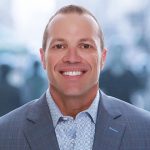 Max has dedicated the last two decades of his life to providing the best hiring practices in leadership search and consulting. He graduated with a Bachelor’s Degree from Northern Arizona in Business Administration and was fortunate to start working immediately with with the Fortune 50 Recruiting firm Allegis Group / Aerotek.
Max has dedicated the last two decades of his life to providing the best hiring practices in leadership search and consulting. He graduated with a Bachelor’s Degree from Northern Arizona in Business Administration and was fortunate to start working immediately with with the Fortune 50 Recruiting firm Allegis Group / Aerotek.
This experience provided him with a solid foundation for understanding both best in class business systems and selection processes. In January of 2002, he founded his first recruiting/search firm, Job Brokers, Inc that went on to hire more than 30,000 people across a wide swath of industries including engineering, manufacturing, education, healthcare, distribution, mining, finance, technology, and apparel.
Somewhere along the line in 2010-2011, the traditional contingent hiring model wasn’t allowing organizations to solve the deeper rooted issues they were facing around their hiring practices. Max’s desire to help organizations with the root of their challenges pushed him to create the first ever purpose-based leadership search firm.
In 2015, he sold all of his interests in three traditional recruiting companies to more aggressively pursue building Y Scouts and Purposed-based Leadership Search. He enjoys helping them and their organizations continuously improve and succeed as high performing cultures and teams. The root of his work goes deeper – towards individual purpose, building true relationships, relentless learning, love, and their ultimate intersection.
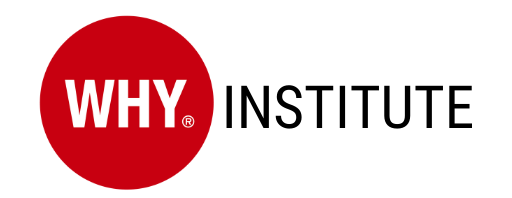
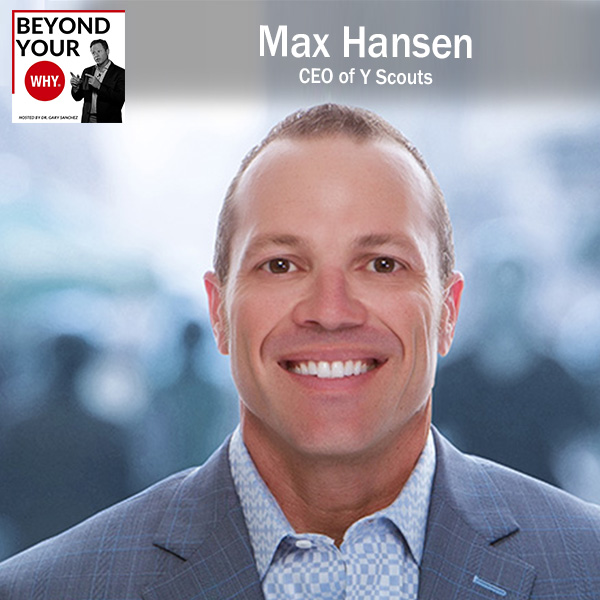


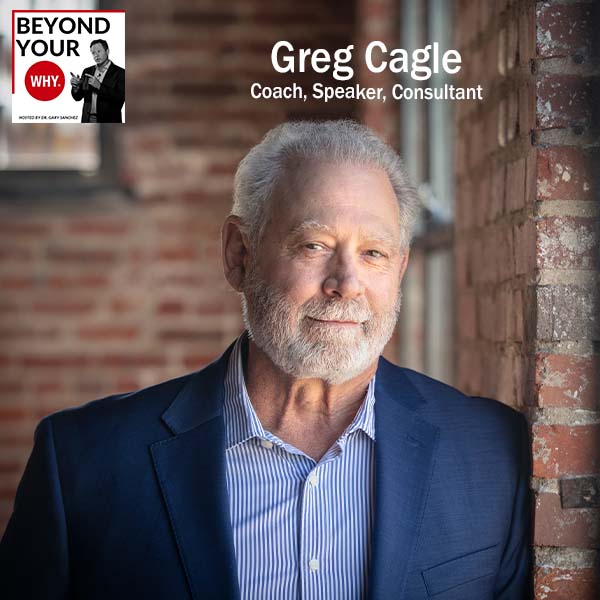
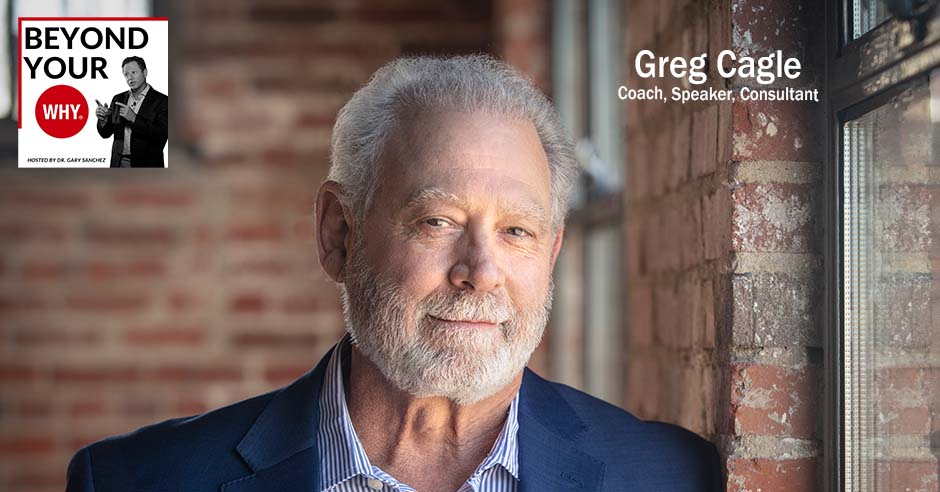


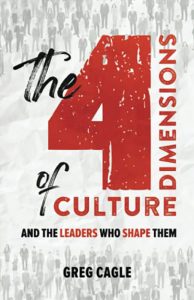
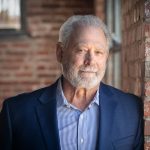 Greg Cagle is a passionate advocate for authenticity, a transformational executive coach, a corporate culture consultant, an author, and a speaker. Leveraging more than twenty-five years of in-the-trenches experience in building and leading his own companies, Greg comes alongside leaders and guides companies to position them for breakthrough success in building a culture that blows away the competition.
Greg Cagle is a passionate advocate for authenticity, a transformational executive coach, a corporate culture consultant, an author, and a speaker. Leveraging more than twenty-five years of in-the-trenches experience in building and leading his own companies, Greg comes alongside leaders and guides companies to position them for breakthrough success in building a culture that blows away the competition.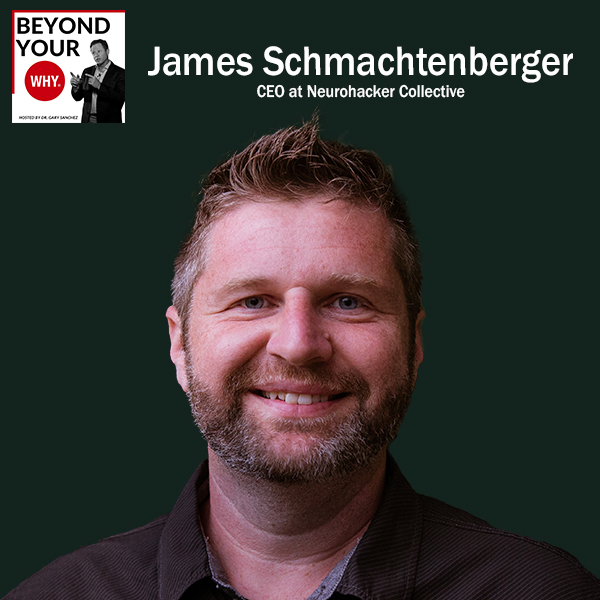
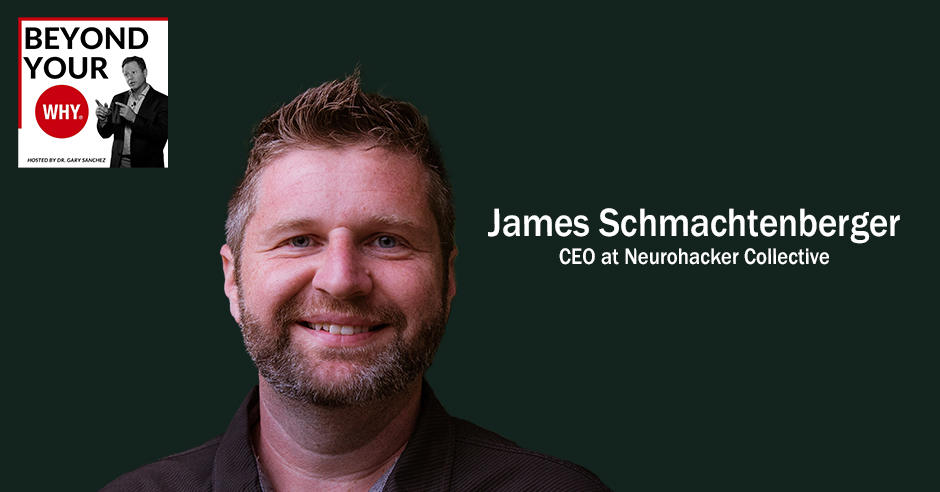




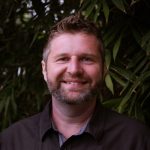 James Schmachtenberger is a successful serial entrepreneur, with a lifelong focus on using business and innovation to effect large-scale change for the benefit of humanity. James is the co-founder and the CEO of Neurohacker Collective, a company focused on making groundbreaking products for health and well-being through complex systems science. His areas of expertise include nootropics, anti-aging and regenerative medicine, sleep and fast-paced entrepreneurialism.
James Schmachtenberger is a successful serial entrepreneur, with a lifelong focus on using business and innovation to effect large-scale change for the benefit of humanity. James is the co-founder and the CEO of Neurohacker Collective, a company focused on making groundbreaking products for health and well-being through complex systems science. His areas of expertise include nootropics, anti-aging and regenerative medicine, sleep and fast-paced entrepreneurialism.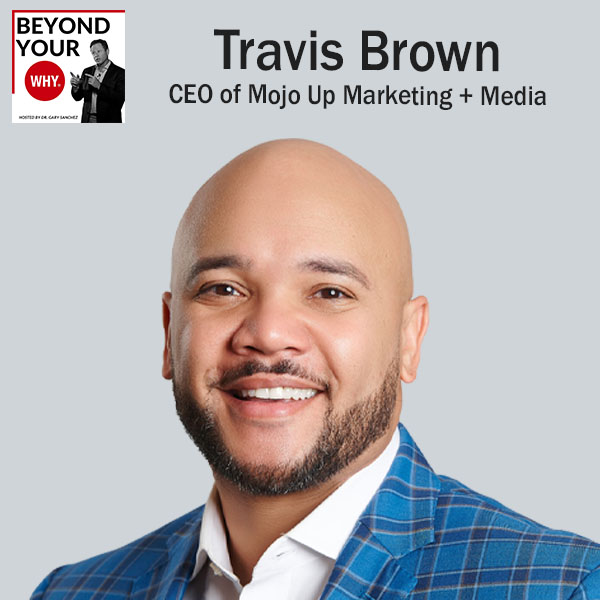
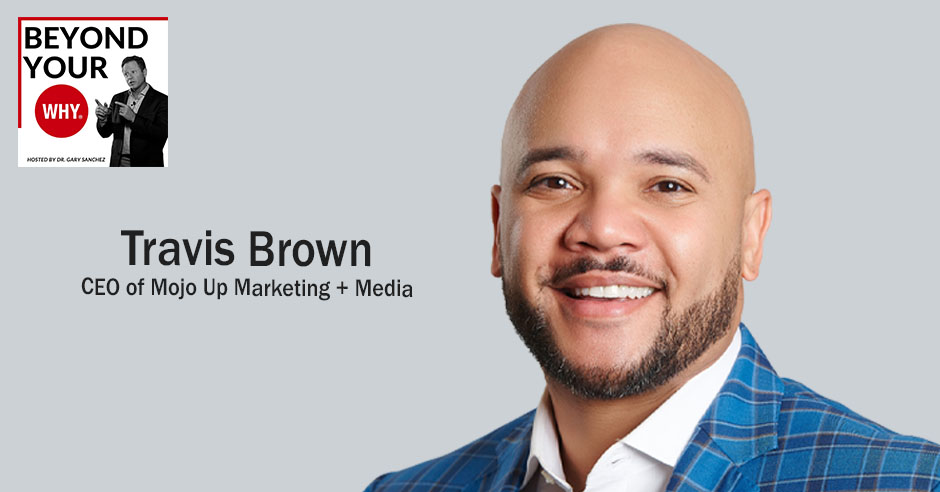





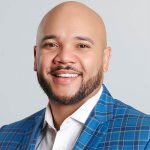 Travis Brown is the CEO of Mojo Up Marketing + Media. Mojo Up is an MBE certified, black-owned and minority-operated, full service, brand marketing agency that is made up of a diverse and talented team of marketing professionals and creatives. Our focus is to tell the story, shape the brand, and guide the marketing future of our clients as the make their greatest impact by using their greatest asset – their own authenticity.
Travis Brown is the CEO of Mojo Up Marketing + Media. Mojo Up is an MBE certified, black-owned and minority-operated, full service, brand marketing agency that is made up of a diverse and talented team of marketing professionals and creatives. Our focus is to tell the story, shape the brand, and guide the marketing future of our clients as the make their greatest impact by using their greatest asset – their own authenticity.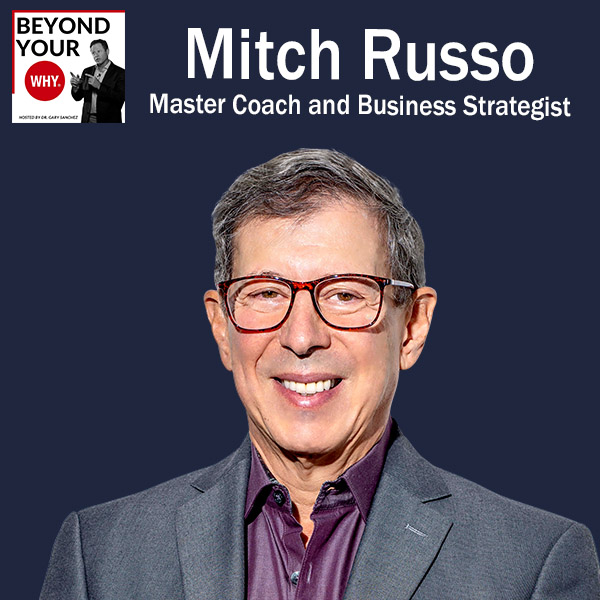
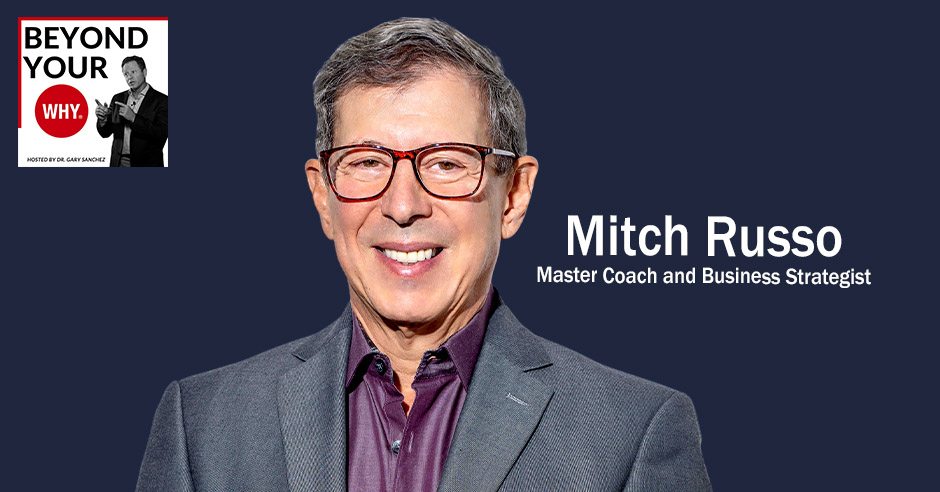
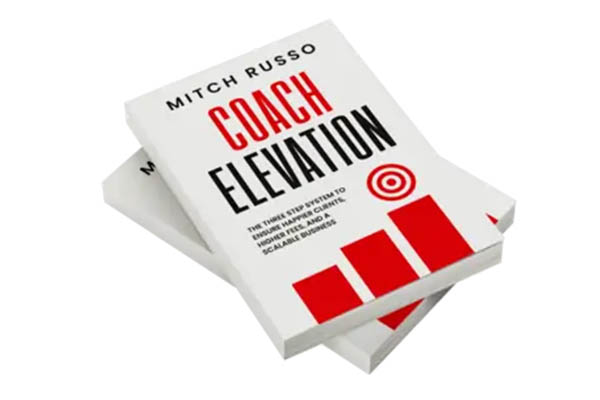



 Mitch Russo started a software company in his garage, sold it for 8 figures and then went on to build a company to over $25M with Tony Robbins and Chet Holmes. Nominated twice for Inc Magazine Entrepreneur of the Year.
Mitch Russo started a software company in his garage, sold it for 8 figures and then went on to build a company to over $25M with Tony Robbins and Chet Holmes. Nominated twice for Inc Magazine Entrepreneur of the Year.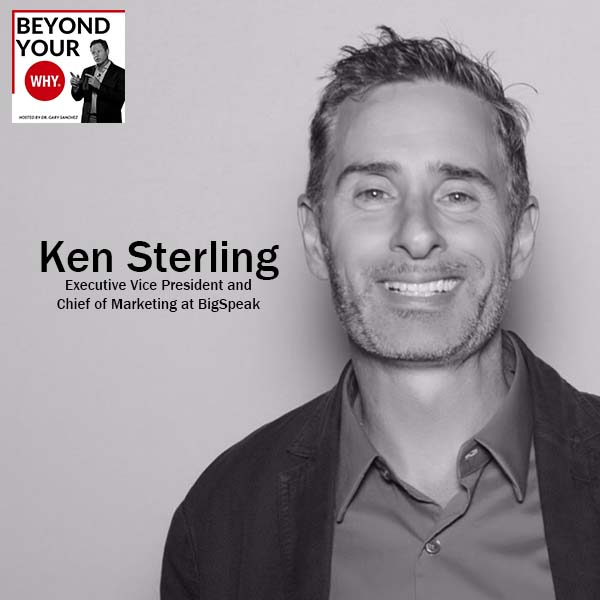
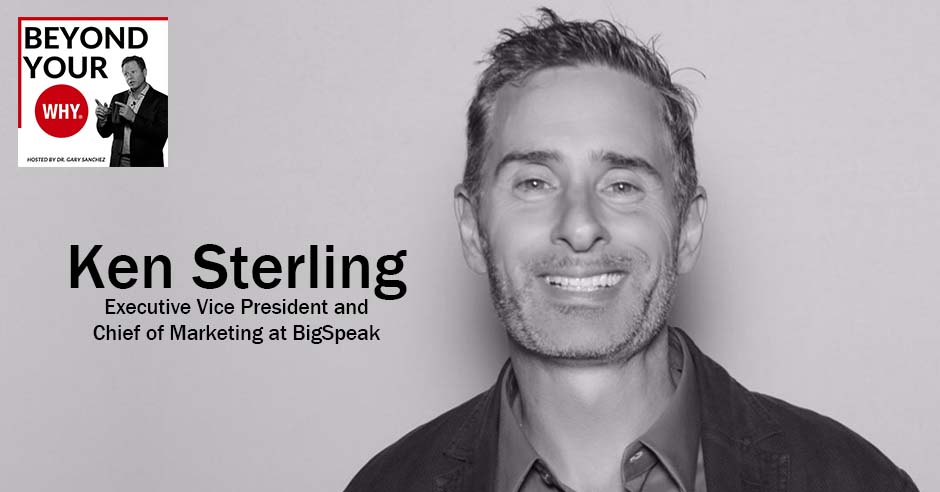




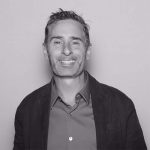 Ken is an attorney and an executive at BigSpeak speakers bureau. He is also an entrepreneur and angel investor in several tech startups. Ken mainly focuses on entertainment, media and well known thought leaders. At BigSpeak he serves as the Executive Vice President and Chief Marketing.
Ken is an attorney and an executive at BigSpeak speakers bureau. He is also an entrepreneur and angel investor in several tech startups. Ken mainly focuses on entertainment, media and well known thought leaders. At BigSpeak he serves as the Executive Vice President and Chief Marketing.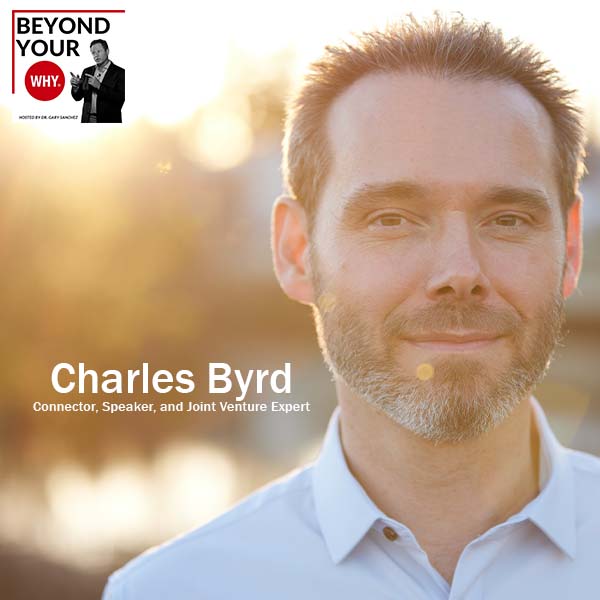
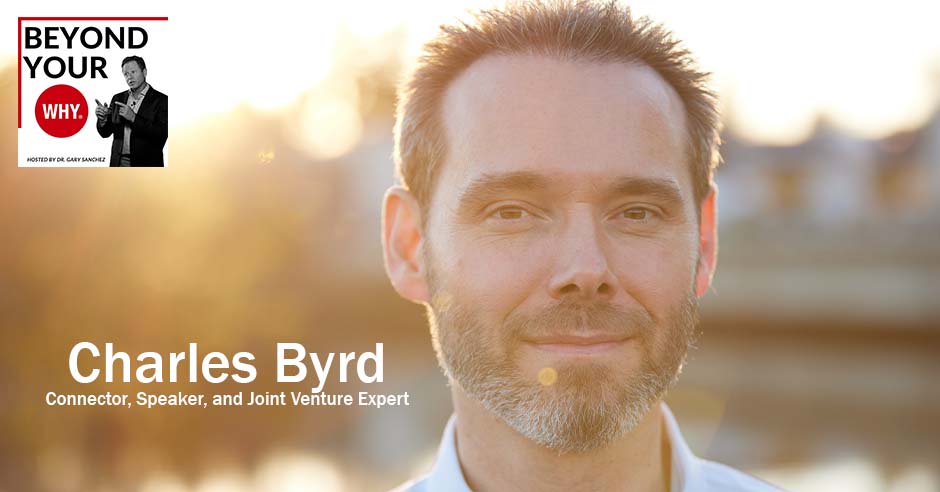
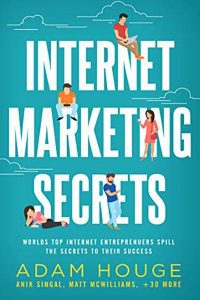
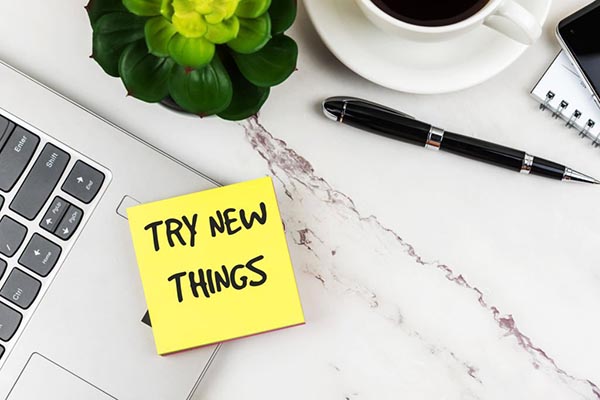


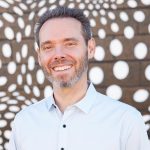 Today, I have the honor to introduce to you Charles Byrd. There is the official bio and his incredible background and success in Silicon Valley, but that’s not as important. What you really need to know about Charles is his proven record of helping others create super profitable joint venture partnerships.
Today, I have the honor to introduce to you Charles Byrd. There is the official bio and his incredible background and success in Silicon Valley, but that’s not as important. What you really need to know about Charles is his proven record of helping others create super profitable joint venture partnerships.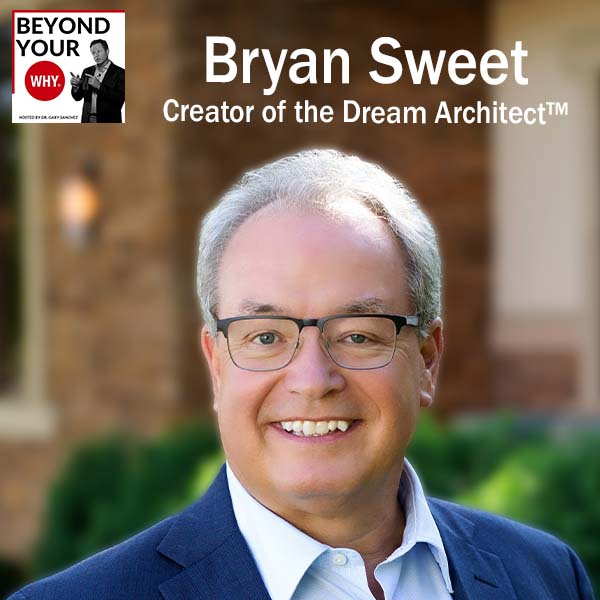
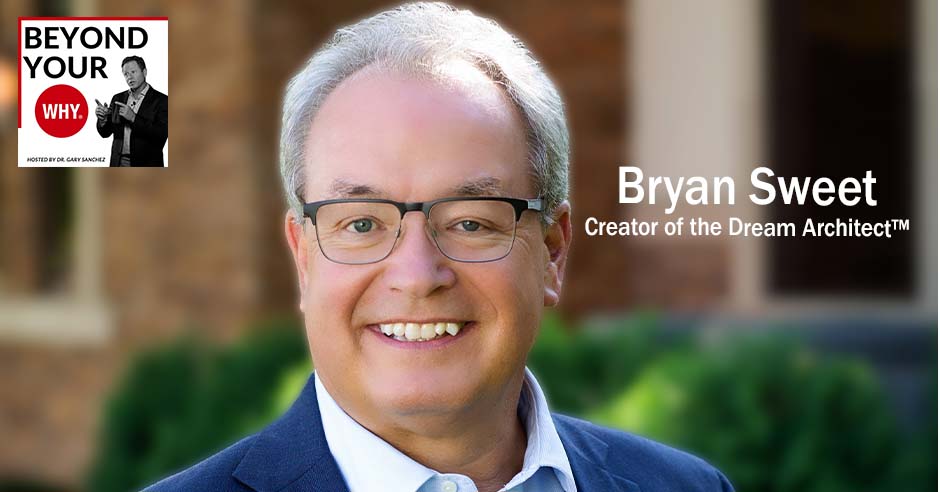




 As a Forbes Best-in-State Wealth Advisor for multiple years running, Bryan has been on the mission to help people live their retirement dreams since the start of his career in financial services back in 1979. It is because of this that he created his proprietary The Dream Architect™, which not only helps his clients maximize their distribution planning in retirement, but also helps them strive for and accomplish their biggest dreams.
As a Forbes Best-in-State Wealth Advisor for multiple years running, Bryan has been on the mission to help people live their retirement dreams since the start of his career in financial services back in 1979. It is because of this that he created his proprietary The Dream Architect™, which not only helps his clients maximize their distribution planning in retirement, but also helps them strive for and accomplish their biggest dreams.